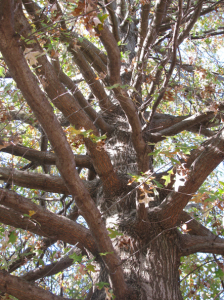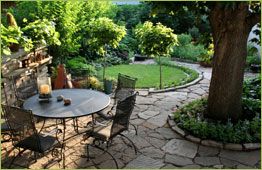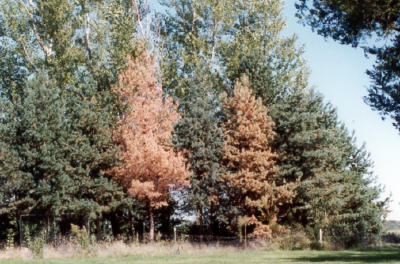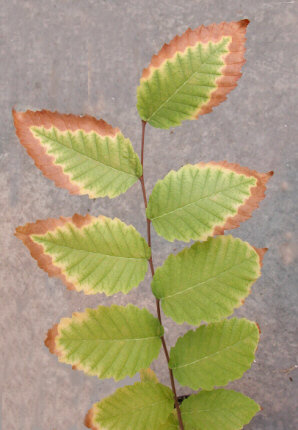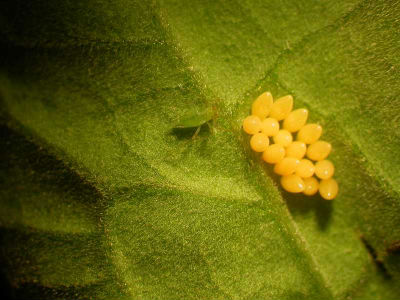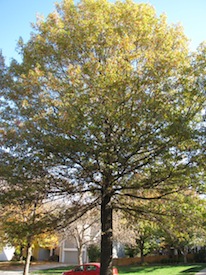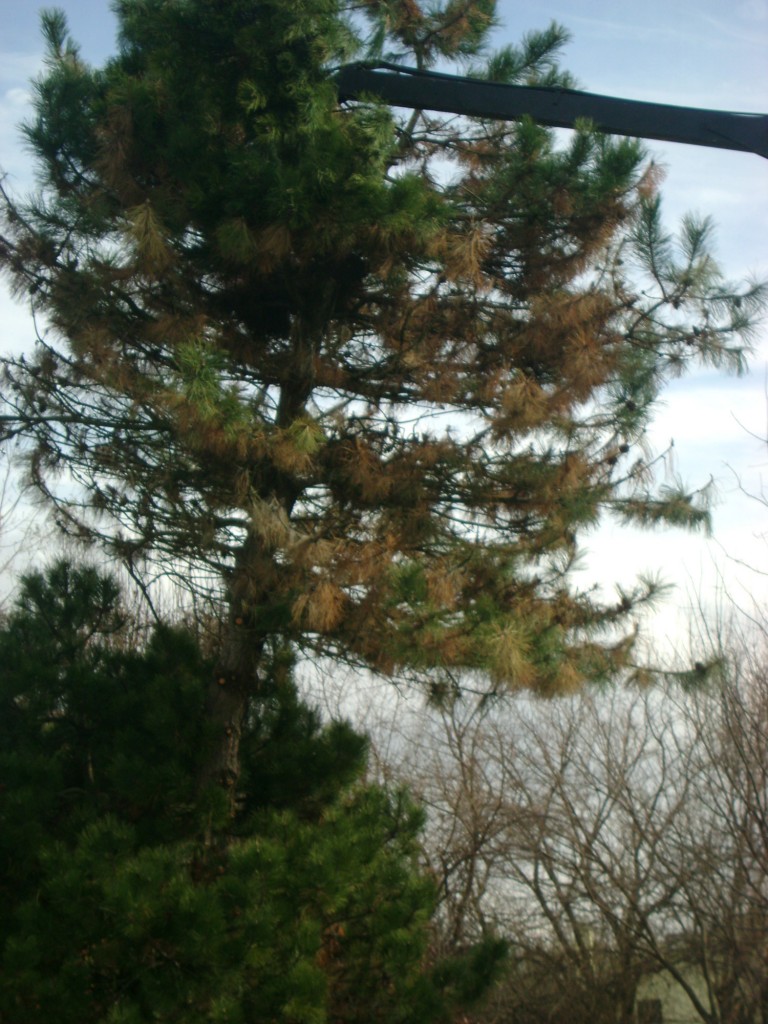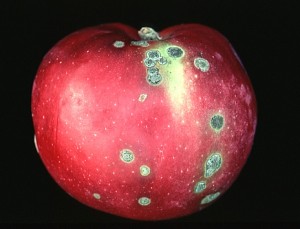One of the services we offer at Cartwright Tree Care is tree preservation and consulting. It sounds important, but what does it actually mean and why should it matter to you?
Cartwright Tree Care Offers Tree Preservation and Consulting
A Few Things to Remember When You’re Fertilizing Your Trees
Earlier this month, we talked about the importance of keeping your trees hydrated and the benefits of mulching your trees. Today, we’re going to share with you a few things to remember when you’re going to fertilize your trees.
What Causes Pine Wilt and How to Deal With It
Pine wilt is a very serious problem here in Missouri and the rest of the mid-Western United States. Pine wilt is a tree disease that generally affects Scots pines, as well as Austrian, jack, mugo, and red pines, as well as white pines in a few rare cases.
What Can Mulch Do for Your Trees?
Last week we discussed the importance of keeping your trees adequately watered, especially now that we are entering the hottest months of the year. As you’re probably well aware, water is essential for a tree’s growth and development. Did you know that mulch can help your trees retain that water and keep their roots moist?
Resistance to Dutch Elm Disease May Be Within the American Elm Population
Two scientists from the United States Department of Agriculture (USDA) have possibly found the genes for resistance to Dutch elm disease within a hidden population of American elms. According to Science Daily, botanist Alan T. Whittenmore and geneticist Richard T. Olsen have discovered a certain population of American elms that are very resistant to Dutch elm disease exists in the wild.
Bugs we Like!
On our blog we often write about bugs that can be damaging to your trees but many bugs are great for your trees, shrubs and gardens. According to the Missouri Botanical Garden’s Kemper Center here are some bugs that you actually want to have hanging around! So think before you squash the next bug you see in your backyard.
Bagworm Season Begins in May
Bagworm season will be here in a matter of days. Bagworms have been known to feed on about 128 plant species, according to the University of Missouri's Department of Entomology. Most commonly, they attack arborvitae, red cedar and various other juniper species, as well as black locusts, maples, and sycamores.
Tips for Keeping Young Trees Healthy
It is essential to properly care for your newly planted young trees. The care you give to your trees in the beginning phases of their growth can and will affect their shape, strength, and life span, according to the Arbor Day Foundation blog. Young trees use a lot of their energy just to establish their roots in the soil, which makes them susceptible to heat and drought, as well as other issues. Fortunately, there are a few things you can do to keep young trees healthy and strong. Check out these tips from the Arbor Day Foundation blog.
It's Time to Take Action Against Tip Blight
Tip blight, or pine blight as it is often called, is another common problem among the pine trees here in the Kansas City area, especially in Austrian and Scots pines. As we’ve previously mentioned, tip blight is a fungal disease that typically affects pine trees that are 15 years of age and older. It infects the growing buds and shoots, causing the newest needles of a tree to have stunted growth and turn brown in color, according to Landscape-America. After needles have been infected, they stop growing. It is important to note that symptoms of tip blight are not limited to the needles. Tip blight can affect future tree growth by damaging the terminal buds during infection, as well as stunting the growth of twigs and deforming them.
What is Apple Scab... and How Do You Treat It?
Apple scab is a common disease among trees here in the Kansas City area. It is one of the most destructive diseases affecting apples all around the world and is the most destructive fungal diseases affecting home apple planting, according to Weekend Gardener. When this disease is left untreated, it can leave green, black, or brown spots on the leaves of the trees and on the fruit of the tree, too. Additionally, apple scab can “defoliate susceptible varieties in mid-season,” weakening the tree, reducing the fruit yield, and blemishing the fruit so badly that it is only fit for use in ciders. The plants most commonly affected by apple scab are apple, crabapple, hawthorn, and pear trees.

